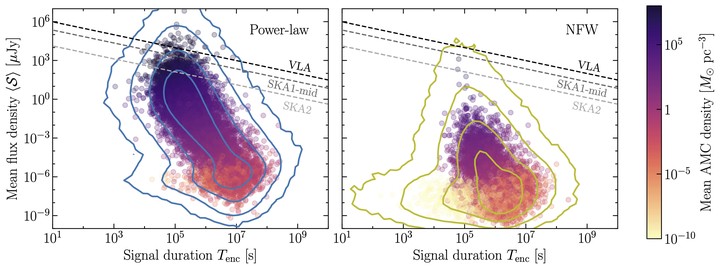Transient Radio Signatures from Neutron Star Encounters with QCD Axion Miniclusters

Abstract
The QCD axion is expected to form dense structures known as axion miniclusters if the Peccei-Quinn symmetry is broken after inflation. Miniclusters that have survived until today will interact with neutron stars (NSs) in the Milky Way to produce transient radio signals from axion-photon conversion in the NS magnetosphere. We quantify the properties of these encounters and find that they occur frequently
Type
Publication
Physical Review Letters 127 (13), 131103 (2021)
Click the Cite button above to demo the feature to enable visitors to import publication metadata into their reference management software.
Click the Slides button above to demo Academic’s Markdown slides feature.
Supplementary notes can be added here, including code and math.